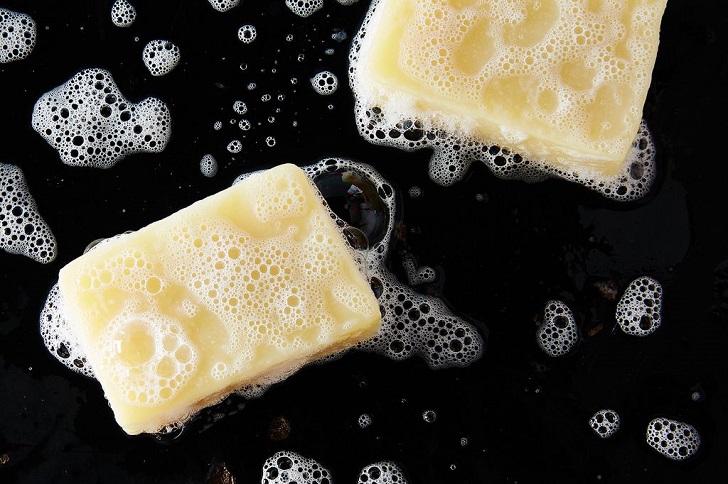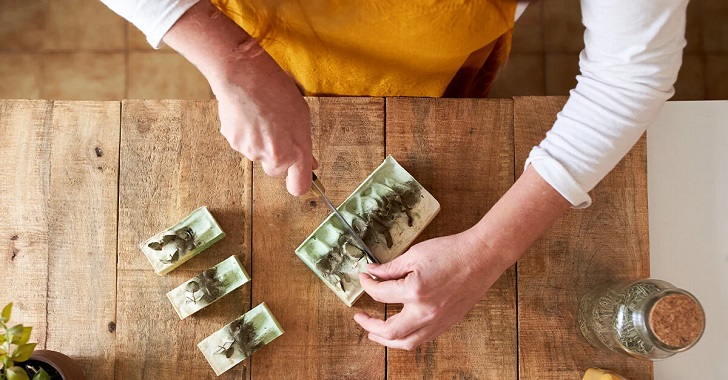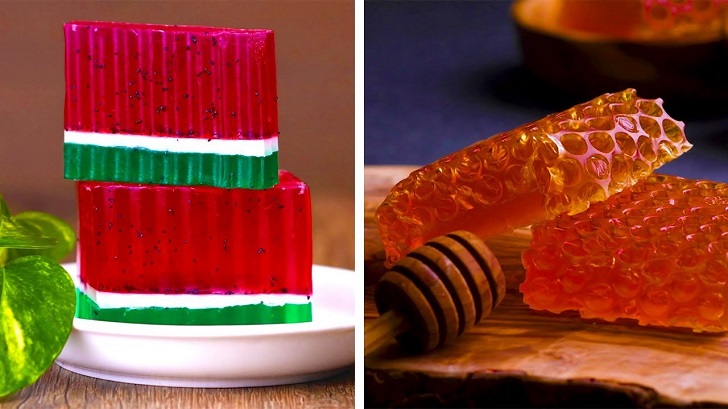Many people use soap regularly as part of their hygiene routine since it removes sweat and dirt from their skin. Many soap products are available in stores, but you may also create soap at home. Making mild soap at home can be inexpensive and enjoyable. Additionally, you can customise the ingredients and scents to suit your tastes.
Would you like to test it? Continue reading for instructions on creating homemade soap and a starter guide.
Making your own recipe

Following a recipe is important when you’re just starting out, but what if you’re ready to start experimenting with your own scent and ingredient combinations? It’s necessary to familiarise yourself with the fundamentals of soap-making before you start creating your own mixtures.
Creative experimenting can most definitely make the process more enjoyable. However, gaining some fundamental experience beforehand can aid in your comprehension of how to handle the materials securely and assist you in avoiding turning imaginative excursions into safety hazards.
Tips to keep in mind:
- You can learn the correct ratios of lye to oils to use in recipes to prevent manufacturing soap that irritates the skin. For instance, crumbly soap indicates that the lye content is too high.
- Different oils might result in various final products. You may get a sense of the kind of soap each oil creates by experimenting with various recipes that use various oils. Once you feel secure, you can begin exploring.
- The target superfat level or oil-to-lye ratio can be determined by first deciding what the soap will be used for. The amount of oil in your final soap is referred to as superfatting. So, for example, a bar meant to cleanse and moisturise would have a superfat percentage of roughly 15%.
- You can create your own soap recipe by experimenting with the fragrances, oil varieties, and water substitutes in current soap recipes.

Popular Soapmaking Methods
- Soap made using the melt-and-pour method is not pure soap. You can avoid handling lye by simply melting and moulding pre-made soap bases.
- Making soap from scratch can be done using either the hot or cold methods. The hot technique produces soap with a more rustic appearance, whereas the less common cold process takes longer. Both techniques include using lye.
- Remaking a bad batch of finished homemade soap is known as rebatching. Even while it saves all the components, making soap this method is labour- and time-intensive and frequently produces less attractive soap.
The bottom line

Making your own soap is a fun and inventive way to use gentle, natural soap. Don’t get disappointed if your soap isn’t flawless because it takes practice to perfect the procedure. Your soap will be better the more experiments you conduct. Always take precautions and go gently. Consider enrolling in a soapmaking workshop for individualised coaching.
